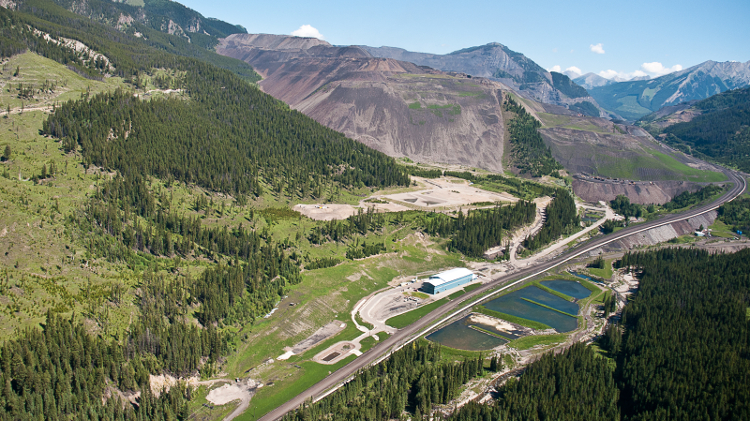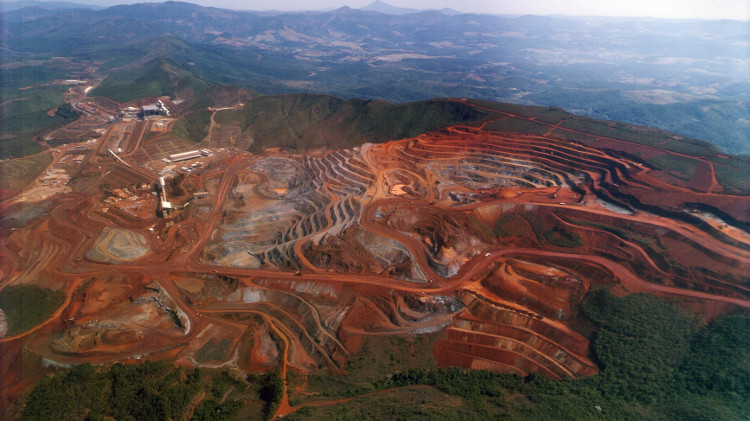At the trade show and investors exchange, and in the conference sessions, PDAC attendees expressed cautious optimism about the industry's recovery from a challenging commodities rout. envisiondigitalphoto.com
Attendance numbers bounced back, along with a strong sense of optimism in sessions and on the investors and trade show floors at the 2017 PDAC conference in Toronto, as the industry has started to recover from an extended commodities rout.
The giant annual conference brought more than 24,100 attendees to the Metro Toronto Convention Centre March 5-8, a notable bump from last year’s 22,000.
Numerous consultants and equipment manufacturers mentioned that orders, or at the very least inquiries, were starting to roll in again after an extended slowdown.
“There is definitely more optimism about commodities,” said Dave Lawson, president of mining at AMEC Foster Wheeler. “People are looking to move projects forward, and there’s an increased activity of people asking us to come view projects that have been on the shelf.”
Analysts generally backed the enthusiasm. “We expect a good year from a price perspective,” said Paul Robinson, a director at CRU Group, in his presentation on the 2017 outlook for commodities. Robinson forecasted that 28 of the 36 mining, metal and fertilizer commodities would experience price increases this year, at an average increase of 12 per cent, and expected cobalt, zinc and copper to be the high performers.
With a full session dedicated to analyzing the errors made during thedownturn, it was clear presenters and attendees were in a reflective mood. Mark Fellows, director of Skarn Associates, criticized companies for making acquisitions specifically under the assumption that commodities would rise further, though he conceded that “CEOs were reacting to shareholder pressure,” and for developing lowquality deposits, lowering cutoff grades and maximizing the deposit size to get the most out of them.
Consultant Lawrence Devon Smith argued that the balance in mining companies has tipped too far to the accounting side, and there is not enough mining expertise at the highest levels of company management. He credited Barrick Gold’s addition of mining engineer Graham Clow of Roscoe Postle Associates to its board of directors as a step in the right direction, one which more majors should consider following.
Delegates were also interested in searching for ideas that would transform a sector that has been historically reluctant to change. “Mining has yet to have any technology that has revolutionized our business,” said Integra Gold executive chairman George Salamis in a session on the future of exploration.
He noted that looking at data from the last five to 10 years, “an uptick in exploration dollars did not lead to an uptick in discoveries,” and suggested that adoption of new technology might change that. “We need new inputs into the way we do business.”




